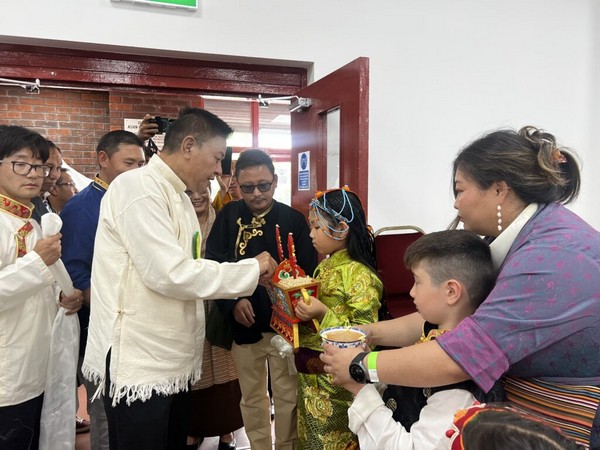Preserving Tibetan Legacy: A Call to Arms
The Tibetan Government-in-Exile President emphasized the need for students to understand Tibetan history and culture at the London School's annual festival. He recounted historical ties, script evolution, and Tibet's geopolitical significance, highlighting its impact on cultural identity and modern struggles.

- Country:
- United Kingdom
In a move to deepen understanding of Tibetan heritage, Tibetan Government-in-Exile President Sikyong Penpa Tsering, alongside Representative Tsering Yangkyi, attended the annual festival of the London School of Tibetan Language and Culture. The President underscored the necessity of comprehending Tibetan history and culture to consistently support the Tibetan struggle in a dynamically changing world, the Central Tibetan Administration (CTA) reported.
On June 22, Tsering engaged with festival attendees, enlightening them on pivotal historical topics such as the geological formation of the Tibetan Plateau, often dubbed the 'Roof of the World,' through the collision of the Eurasian and Indian tectonic plates. He also narrated the evolution of Tibetan script during the 7th century reign of King Songtsen Gampo, a milestone that enabled the translation of significant Buddhist texts, thereby molding Tibetan cultural and literary identity.
Tsering brought attention to Tibet's former sovereignty prior to its 1959 occupation by the People's Liberation Army, delving into Britain's historical engagements with Tibet, initiated by explorer Charles Barkley in 1774, and the geopolitical shifts marked by the Younghusband expedition in 1904. He further highlighted the 1914 Shimla Agreement's role, signed under British colonial rule, in establishing the McMahon Line, a critical demarcation of the Tibet-India border.
(With inputs from agencies.)










